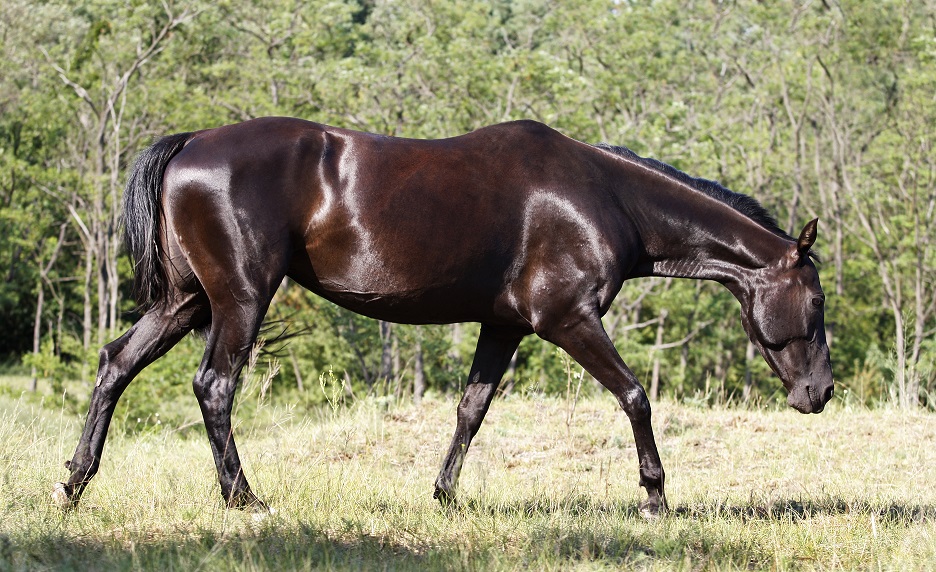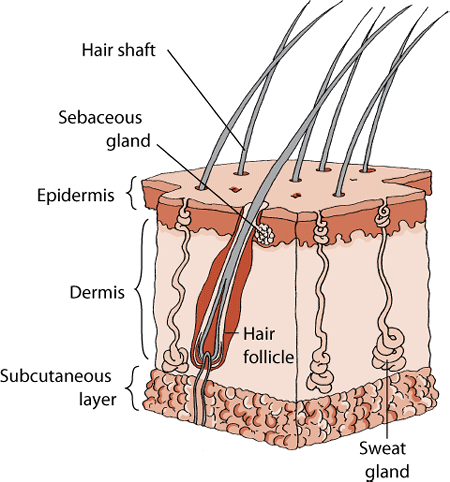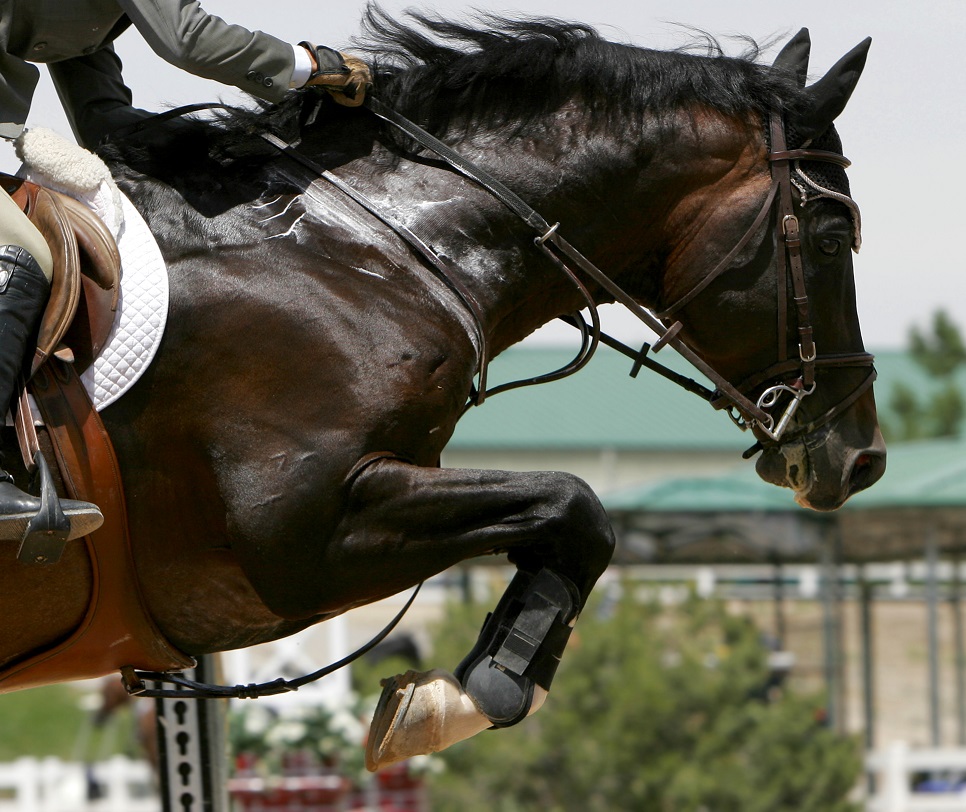The Equine skin is a fascinating structure and the first line of defence from infections.
The skin is classed as the largest organ, and has an interesting structure comprising of two different layers.

The Epidermis
This is the outer layer of the skin. It is the protective layer of the skin and is comprised of many layers of cells to provide a barrier. Some of the cells which make up the Epidermis include:
- Keratinocytes
o Part of the protective layer
o Constantly being renewed
o New cells migrate from the base of the epidermis, creating a layer of cells on the surface. This layer is constantly being shed and replaced with new cells
o Good nutrition can influence how quickly these cells migrate.
- Melanocytes
o These cells can be found at the base of the Epidermis.
o They are responsible for skin colouring and hair pigment by producing Melanin
o Melanin helps to protect the skin from sun damage
- Langerhans
o These cells are included as part of the immune system
o If your horse shows signs of a rash then this is because of these cells
- Merkel Cells
o The role of these cells is to pick up touch sensation

The Dermis
This layer is a thick layer located under the Epidermis; it contains the blood supply for the Epidermis. These blood vessels play a part in maintaining correct body and skin temperature. It also contains a large amount of nerves and sweat glands and sebaceous glands, the function of these can be found below! Immune cells can also be found here to help fight infections which may have broken through the Epidermis. This is also where you would find hair follicles and fat cells.
Sweat Glands
If you’ve ever had a long hack, intense schooling session or a ride in hot weather you will be familiar with these glands. Horses have two different types of sweat glands: apocrine and eccrine. Apocrine cells can be found all over the body and are responsible for the majority of the sweat produced by the horse during those hard work outs! Eccrine glands can only be found on the frog of the horse.

Sebaceous Glands
These glands are responsible for producing oils into the hair follicles, this oil is known as Sebum which is important in keeping the skin soft and pliable. The Sebum also has antimicrobial properties to keep the skin and hair healthy.
How to Support Optimum Skin Health in Your Horse...
Nutrition is also an important factor when it comes to skin health. If you’re looking for something to add to your horse’s diet to provide extra support, why not consider EquiDermis! This popular and effective horse supplement contains a fantastic combination of skin soothing nutrients to optimise skin health and hair quality from the inside out for an enviable glossy shine!

